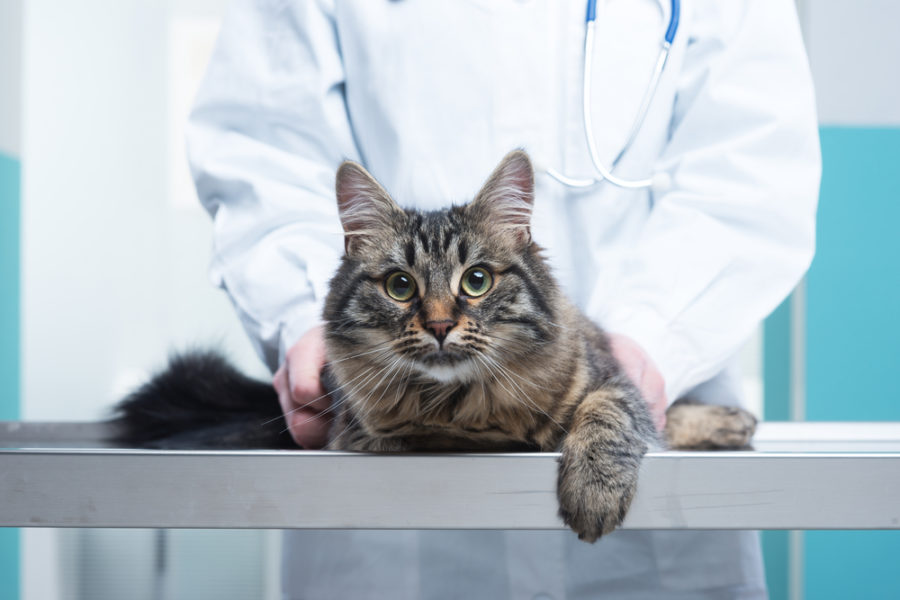Cats are small creatures, so receiving too high a dose of anesthesia can be dangerous. Luckily, the guidelines have changed to keep them safe.
Anesthesia can be risky for cats due to their small size and unique physiology. To solve this problem, the American Association of Feline Practitioners (AAFP) has released the first feline-specific anesthesia guidelines, published in the Journal of Feline Medicine and Surgery earlier this year. These standardized evidence-based guidelines address ways of avoiding complications associated with monitoring, airway management, fluid therapy, and recovery once anesthesia is administered.
“By proactively developing an individualized anesthetic plan that considers the uniqueness of each feline patient, and recognizing that ‘one size does not fit all’, the experience for the cat can be improved and the outcome successful,” state the guidelines’ co-chairs Dr. Susan M. Gogolski, DVM and Dr. Sheilah A. Robertson, BVMS (Hons), PhD. “It is our hope that these guidelines will become the practice’s go-to resource, and each team member will have a new awareness of all the tools and techniques available to them.”







